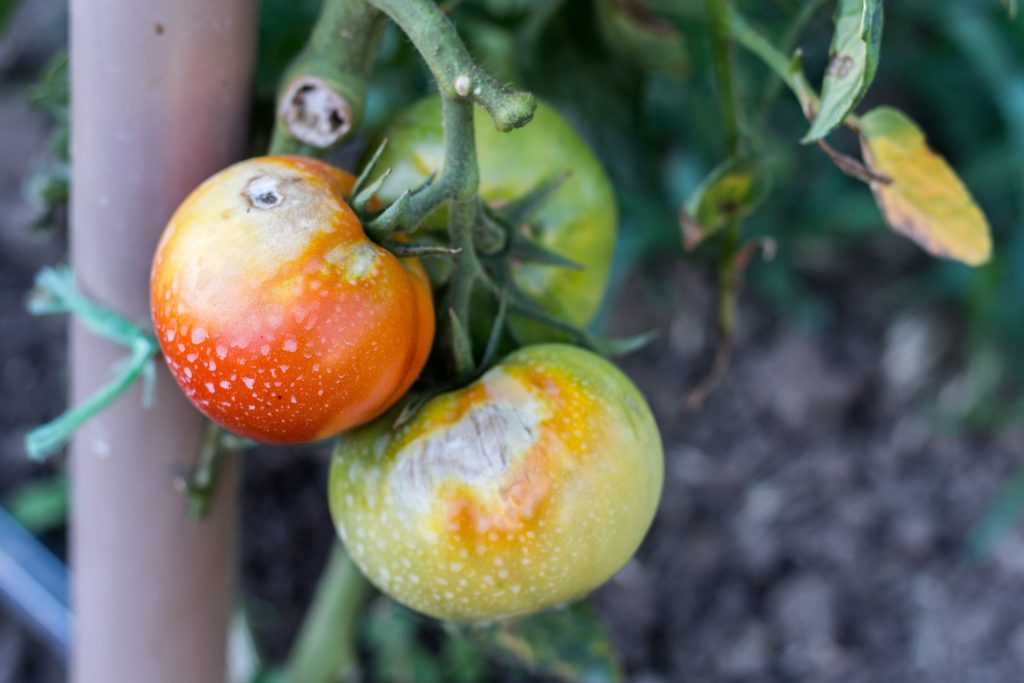
You might have trouble pronouncing it, but it is important to know that phytophthora is perhaps the deadliest and most persistent crop malady in agriculture everywhere, especially in California. It is difficult to detect, but researchers have discovered that dogs can sniff it out without fail.
Scientists at the University of California utilized dogs and two other traditional methods of detecting the deadly disease, and the dogs won hands down. Results of the project are reported in the October-December issue of the university’s peer reviewed journal California Agriculture.
No less than seven researchers, whose names are listed at the end of this column, were involved in the project and in writing the published report. Their goal was to evaluate various methods of detecting the phytophthora pathogen in nursery plants before they can carry the malady forward when transferred to established settings.
Subjects for the study were plants used in the “exceedingly large” number of reforestation projects carried on in California, many with Audubon support. The report states that hundreds of reforestation projects exist just in the wetlands of the San Francisco Bay Area. Plant stock for these projects and others in the state are supplied by more than 100 plant production facilities.
Commonly identified as dry rot or damping off, all strains of phytophthora can cause severe distress to adult plants, often present but undetected in nursery stock. When present, the pathogen continues its attack as plants strive to grow to adulthood until their tissue fails, snaps, withers and dies. Its damage is occurring in untold acreages of reforestation plots throughout the state.
While California conditions are especially encouraging for phytophthora growth, the pathogen is a persistent enemy of a wide range of food plants such a Mid America’s huge acreages of corn and soybeans. It is a threat to plant growth worldwide, so its detection and prevention in plants in their youth, growing in nurseries, is strategic.
Not knowing or caring about any of that, the Berkeley-based dogs, which were recruited at random from detection dog trainers, showed normal olfactory interest and response to the phytophthora pathogen when they learned that their detections earned rewards or treats. Although the project was done under strict control and observation, the process is not that far removed from what you or I might do to encourage our dogs to perform a task, expecting a treat as a reward.
However, the significance of the area of research is firmly emphasized. The plant materials that were the focus of the study are the type that grow, and are encouraged, in thousands of acres of undeveloped and unoccupied land in California. Its growth and health are essential for controlling erosion, preventing misuse and destructive trespassing and maintaining the character and appeal of the land.
Information, data and keys to controlling phytophthora’s insidious damage to a wide spectrum of California’s plant life can have significant impact on the full spectrum of the state’s agricultural crops as well as crops growing in other areas.
As promised above, the names and specialty designations of the report’s authors are: Tedmund J Swiecki, plant pathologist; Matt Quinn, senior restoration ecologist; Laura Sims, Assistant Professor of Forest Health; Elizabeth Bernhardt, plant pathologist; Lauralea Oliver, ecological lead dog trainer; Tina Popenuck, staff research assistant; Matteo Garbelotto. Adjunct Professor.
Neither the names, sexes, breeds nor weights of the canines that participated were included in the report. Also missing is designation of the type of treats the dogs received. If they are anything like my dog, they could care less.








